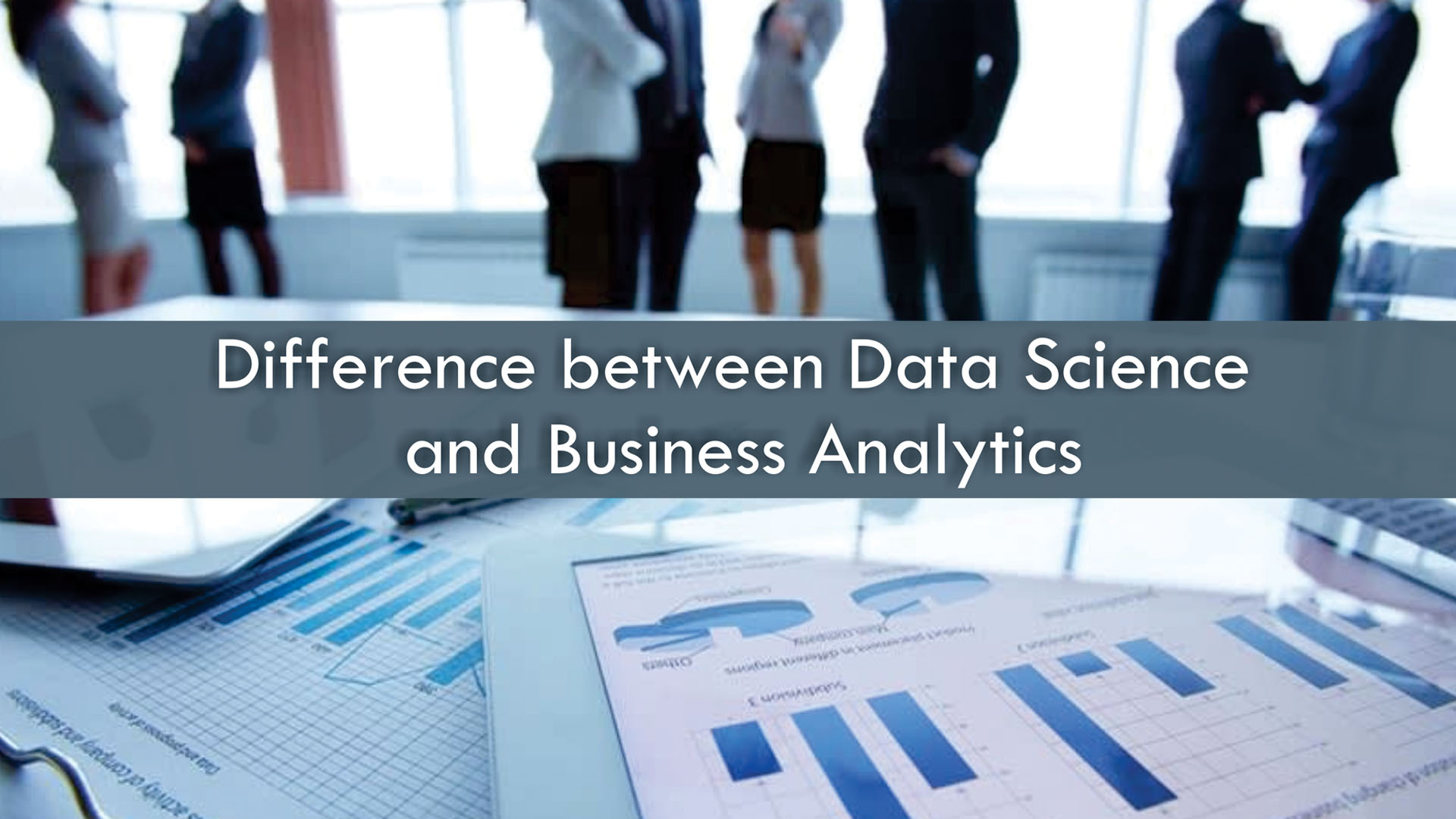


10,December 2019
Data Science has been a trending field of study in recent times, because of the amount of data that we create regularly and the computing power that is available with the advancement in technology.
know all about the PGDM in Business Analytics
To understand Datalogy in better form, think about what happens when you book a ride on Uber, you open the Uber app on your phone and tell the app where you want to go. Uber tries to find the nearest cab. Since then, the directions to come to pick you up and take you to your destination. That was simple. But in the background, the seemingly simple task is carried out by collecting mountains of details from various sources, Like the phones, the map, and historical trends of traffic and demand for rides. With this data, modern-day computers are programmed to calculate the nearest driver to you, The best route to your location and destination. The time it will take and what you should pay. In other words, this is made possible with DATA SCIENCE, Countless other applications as well. It is at the intersection of Statistics, Figure analysis, and machine language. It is a combination of scientific methods, models, and algorithms working together to extract actionable business insights from Figures. data science vs business analytics business analytics vs data science diference between data science and business analytics
Statics is the oil of our new generation. It is becoming indispensable in a digitally-driven world. Helping businesses understand consumer behavior, fine-tune messaging, and captures new markets. You dont need to have a technical background to be a data scientist. What do you need is in-depth knowledge and mathematics, analytical reasoning, the ability to work with a large amount of data. It would also help to have a robust intellectual quest — understanding of data engineering, visualization ability, and excellent business acumen. If you do come from a non-technical background, you will likely use R. If you are from technical experience, then you could use Python and R. It is all about understanding the possibilities and asking the right questions all in the search for better answers. Why do we need Analytics Analyst? Every company is flooded with Figures and statics. And they have more details and figures than they know what to do with. So regardless of the industry vertical, data science is likely to play a crucial role in your organizations’ future success. It helps find new ways of reducing costs, entering new markets, and customer demographics. And launching new products or services Also has found social and medical applications such as child welfare and predictive diagnosis as well.
What does the typical data science lifecycle look like? The Figures and statics discovery step includes the search for different sources of relevant material, structured or unstructured Figures. Then you make a decision to include specific datasets into your analysis. The data preparation includes converting documents from different sources into a standard format. You will standardize the figures. Look for anomalies and make it more appropriate to work with. The analytics models are built using statistics, logistic, and linear regression. You could use tools like R, Python, SQL, and Tableau, and so on. Getting things in the action phase includes checking the data models for its effectiveness and ability to deliver the results. You will have to verify the model works. If not, you have to rework on your model. An analyst needs to liaison with the various terms and be able to seamlessly communicate his findings to key stakeholders and decision-makers in the organization. Business Analytics involves using tools and techniques to turn data into meaningful business insights so it’s using tools and techniques so that data could be from spreadsheets form traditional databases it could also be from Social Media platform and them we are using tools and techniques the methods might be statistical models or machine learning something and then the hope at the end of the day is that we get some business insights out of it now. Sometimes we get some excellent statics coming in we also get a lot of messy figures that we have to scrub to clean up to make useable and we also get a lot of garbage material along the way that just isn’t really helpful at all and then we kind of have to fight with the figures(statics) battle with it you know to get something out of it.
Types of Analytics, there is descriptive analytics which deals with what happened, so we are looking at historical information, then there is predictive analytics so that is trying to figure out what might happen so we might use statistical models to do that and then there is prescriptive analytics so that actually involves telling us we should do so when to get there we might even use some of the descriptive or predictive analytics There are lots of buzzwords that closely resemble BUSINESS ANALYTICS: business intelligence. They all really support the same goal, and it is right there may be some slight difference, but they all trying to get to the same end. To know better and practical knowledge, you can join the Business Analytics Course and get the best way to find out the differences.